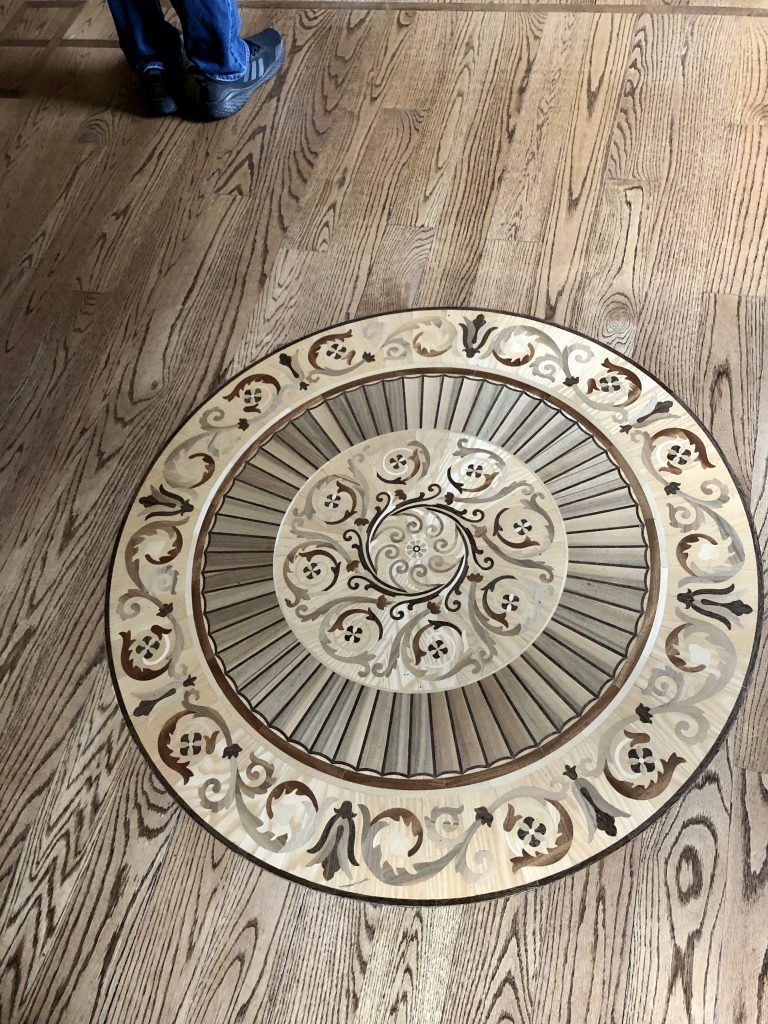Socialisation might be one of the most nuanced and complex “topics” in home education.
Sometimes we treat the “S word” as though it’s a yes or no answer. A simple thing. An annoying question from friends, family, neighbours and the media that we don’t want to have to answer one more time.
Can children develop social skills like taking turns and listening to others talk and managing societal rules without learning them from school? We know the answer is yes.
OR
Can children have social opportunities and friends if they don’t go to school? Again, we know they can.
In our first couple of years of home ed we might think about this a lot. At first we’re genuinely curious to see how it plays out. Then we start to see it and surround ourselves with people and messages that support what we believe. Once we’ve been living without school for a number of years, our answer can almost become a default – yes, yes of course. We don’t feel the same eagerness to explain the ways that children can “be socialised” outside of school. Soccer teams, scouts, swim lessons, neighbourhood kids, one to one friendships, intergenerational and mixed age groups, summer camps, homeschool co-ops, online connections, youth groups, own family – all ways to build these skills – blah, blah, blah. 😉 Over time, our enthusiasm about thinking of all the possibilities and ways to defend ourselves on this topic might fade a bit, even though the questions keep coming. However, we might be surprised to find ourselves re-thinking it at certain stages that seem unclear or tougher than we’d imagined. The other thing that might happen is we might notice it in unexpected and more nuanced ways.
The other day, while driving a winding country road home in the rain with a few of my favourite people, I noticed what might be one of the most powerful forms of socialisation. It’s simple and also complex. It seems obvious but requires a gradual layering of skill and insight.
It’s the ability to really see another person, understand some of the things that make them tick and and find ways to share in those.
Here’s what it looked like …
My son quietly offered a playlist to his sister and I on a rainy drive to pick up Granny. It set an energetic tone on a dismal day and we couldn’t believe how many “good” songs he had in a row. But after a few we realized that of course they were “good.” He had picked our favourites plus a few experimental ones.
In that moment socialisation was shown in the form of a playlist. He’d done a great job of reading not only the songs we each liked, but what might be fun for all of us together. I also realized he did something that he always does and I just hadn’t identified as such until now. He added a couple of “growing edge” songs. “Growing edge” (my term) songs are ones we haven’t heard yet but that sound like ones he thinks we might like. They aren’t well known but he’s heard them and is excited to introduce them to us based on what he knows of our taste.
We reached Granny’s house, she got in the car and off we went to our destination. And the music changed. It was a combination of ’50s and ’60s with the type of sounds she enjoys. It became “Granny-esque” and she was delighted. He’d transitioned from the mode the three of us had going to accomodate her joining us.
We arrived at our destination – a Greek Orthodox convent and on-site bake and candle sale. It’s in a beautiful rural valley. The nuns are self-sustaining with their bee-keeping, candle making and baking. Granny has become friends with one of them. Before heading to the baking, we had an opportunity to tour their chapel.
Granny loves to do this. She is genuinely fascinated. It’s not a particularly natural point of fascination for my kids but they are engaged because they can see it’s of interest to someone else and they can take the perspective of another into consideration. My son listened, observed and read with genuine interest, not originally of his own, but through the point of view someone else, someone he loved. We all made a point of connecting with the one nun in particular because we know how much she means to Granny.
Fast forward to the drive home, and I noticed one more thing and it’s likely the most important one. The energy had shifted to more of a post-event, tired, “it’s been raining too long” kind of vibe and when the music came back on, it just didn’t hit the way it had before. So he changed it. He put on something completely different and low-key that we all had in common and in that moment, I realized that it wasn’t just about being kind and considering other people, but about social-emotional intelligence – the ability to “read the room,” so to speak, and adjust accordingly.
This, I think, is one of the most important aspects of ‘real life’ and ‘making it in the real world’ that we hear so much about. It’s a key aspect of socialisation. It’s more important than how many friends you have, how many clubs you belong to, how solid your eye-contact with people is, whether you can stand quietly in line, whether you conform to what’s socially acceptable to wear.
There is so much nuance to our interactions with other humans, so many little details beyond “Will kids be socialised?” It will be different for each child – that level or type of social-emotional intelligence will not necessarily come naturally to all but there will be other versions. They will be unique to that person and it’s fascinating to tune in and notice over time.
Enjoy this post? Please Share.

